Have you heard the term hybrid foods before? Do you know anything about these foods? These vegetables do not supply the body with many nutrients. Hybrid foods are basically foods that do not grow in nature. We breed them selectively rather than evolving over time in nature.
Some examples of hybrid foods include tofu, vegetables without seeds, and so on.
We have to take care of hybrid foods because otherwise, they will succumb to pests, fungi, or other environmental aggressors.
When consuming hybrid foods, we have to select them wisely and plan our meals accordingly so they benefit our body. Consider a mobile app that can help you adjust the foods to your dietary needs. Some meal-planning apps like Lasta have recipes and menus that can help you quickly decide on what to cook with hybrid foods. However, other apps don’t have preset recipes, and you will have to create one yourself. Additionally, they may have a nutrient database that helps to give you resources about the foods you consume. Lasta can help you customize your meal plan based on your wishes and restrictions.
Difference between hybrid foods and GMO
What is the difference between GMO foods and hybrid foods? Are they the same thing? No, they are not. But what is the difference?
We create hybrid foods using two different varieties of fruits or vegetables. Or we can use two different types of fruits and vegetables. For example, crossing oranges and lemons. Another example, crossing kale with Brussels sprouts results in a new veggie, Kalettes.
When you cross-breed compatible plants, you get new varieties. This rarely happens in nature, but farmers can do on their farm and plantation. For example, grapefruits are a hybrid of sweet orange and pomelo. Farmers got that fruit by crossing them on plantations in the 18th century.
GMOs, on the other hand, are genetically modified. No matter how you got hybrid foods, you never used genetic modification. GMOs are plants or animals that have been genetically engineered with DNA from bacteria, viruses, or other plants.
These experimental combinations can never happen in nature or in traditional crossbreeding. While the creation of hybrid fruits and vegetables results in a bigger variety, GMO products do not increase the variety of fruits and vegetables.
Examples of hybrid foods
Some examples of hybrid foods include seedless varieties of fruits. For example, seedless apples, seedless citrus fruit, grapes, watermelons, and some others. Common hybrid vegetables that we have nowadays include beets, cauliflower, and celery.
But there are also some strange hybrid foods like jostaberry and tangor. Some of these hybrid varieties of food might sound like weird science. But they taste normal and natural.
Hybrid edibles do not use genetically modified organism technology. They are traditional pollination that can rarely happen in nature, but we can cross-breed to get the final product. With controlled pollination, farmers can breed new generations of fruits, plants, and vegetables with desirable characteristics.
The seedless watermelon is a perfect example. Most people hate the seeds in watermelon, so now we have a seedless version.
Farmers also benefit from hybrid fruits and vegetables. These foods have higher disease resistance and can survive in heat, cold, and drought better. They also produce consistent and higher yields with predictable fruit maturation times. The result is unique, uniform fruit sizes and shapes.
Here are some strange and common examples of hybrid foods.
Seedless Apples
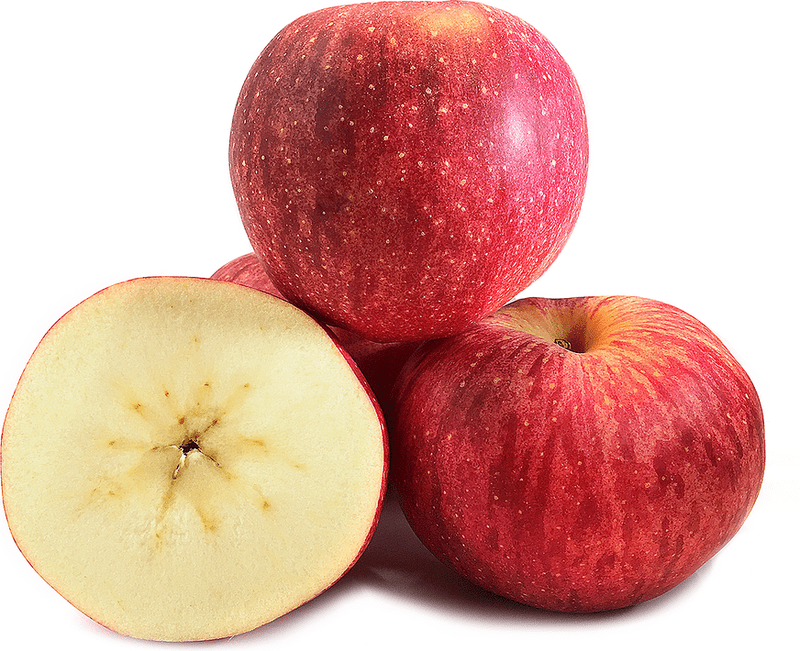
We only recently discovered seedless apples. They weigh a plump quarter-pound each and grow on freak trees in California.
Because there are no seeds to plant, farmers must propagate the new fruit by grafts on normal apple trees.
Seedless Grapes
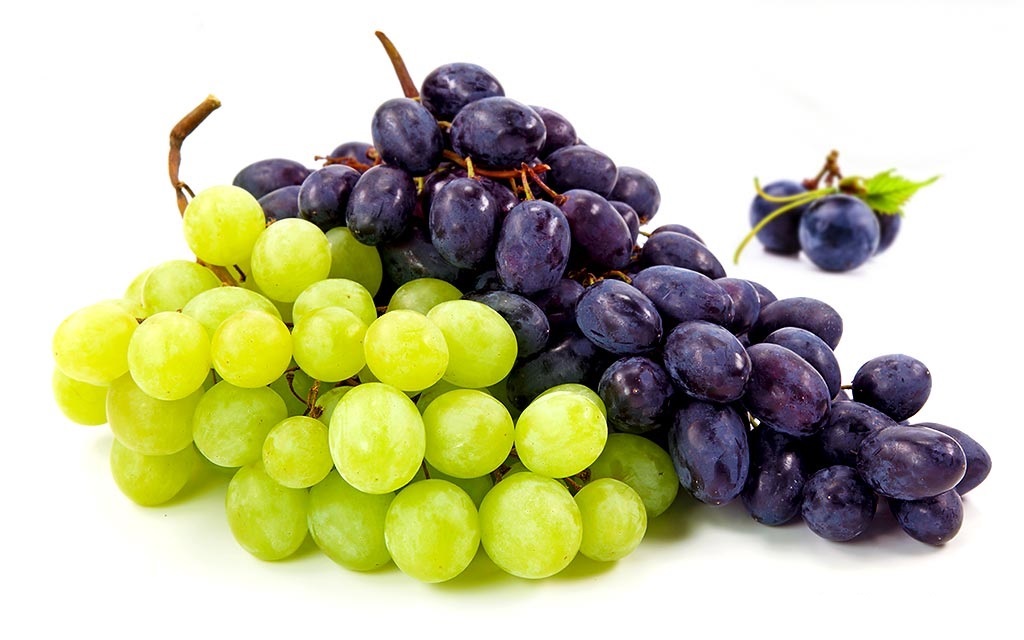
Here is another fruit that many of us love. Sometimes eating can grapes can be tiresome because of the seeds. Some people swallow the seeds, while others spit them.
Seedless grapes deliver the same flavorful juiciness without the bother of pesky seeds. Doesn’t that sound like a dream come true?
Similar to seedless apples, these grapes have to reproduce in a different way. Fun fact: the first seedless grapes came as a result of natural mutation. Grape growers noticed the interesting development and then planted cuttings from those vines.
Tangor
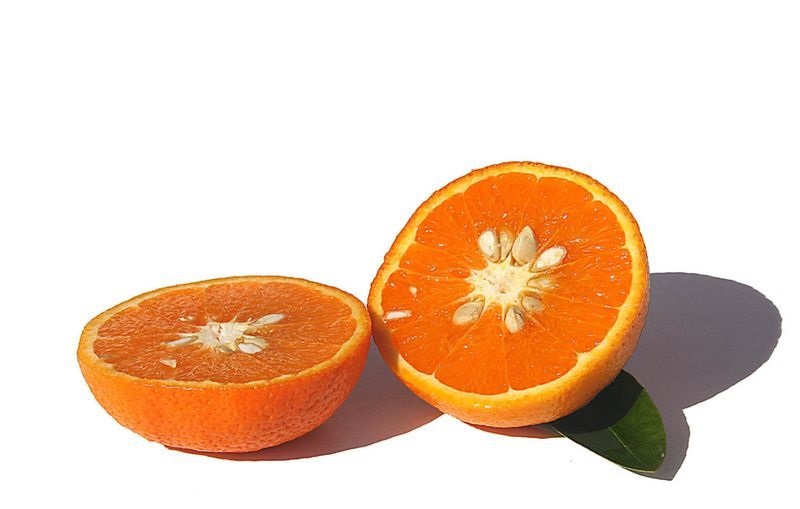
Now we move onto some of the more weird and strange-sounding hybrid fruits and vegetables. For example, a tangor is a cross between a mandarin and an orange. No, it is not a tangerine. It might sound unfamiliar, but we have some varieties at most local grocery stores. For example, popular varieties include Murcott and Temple.
Jostaberry
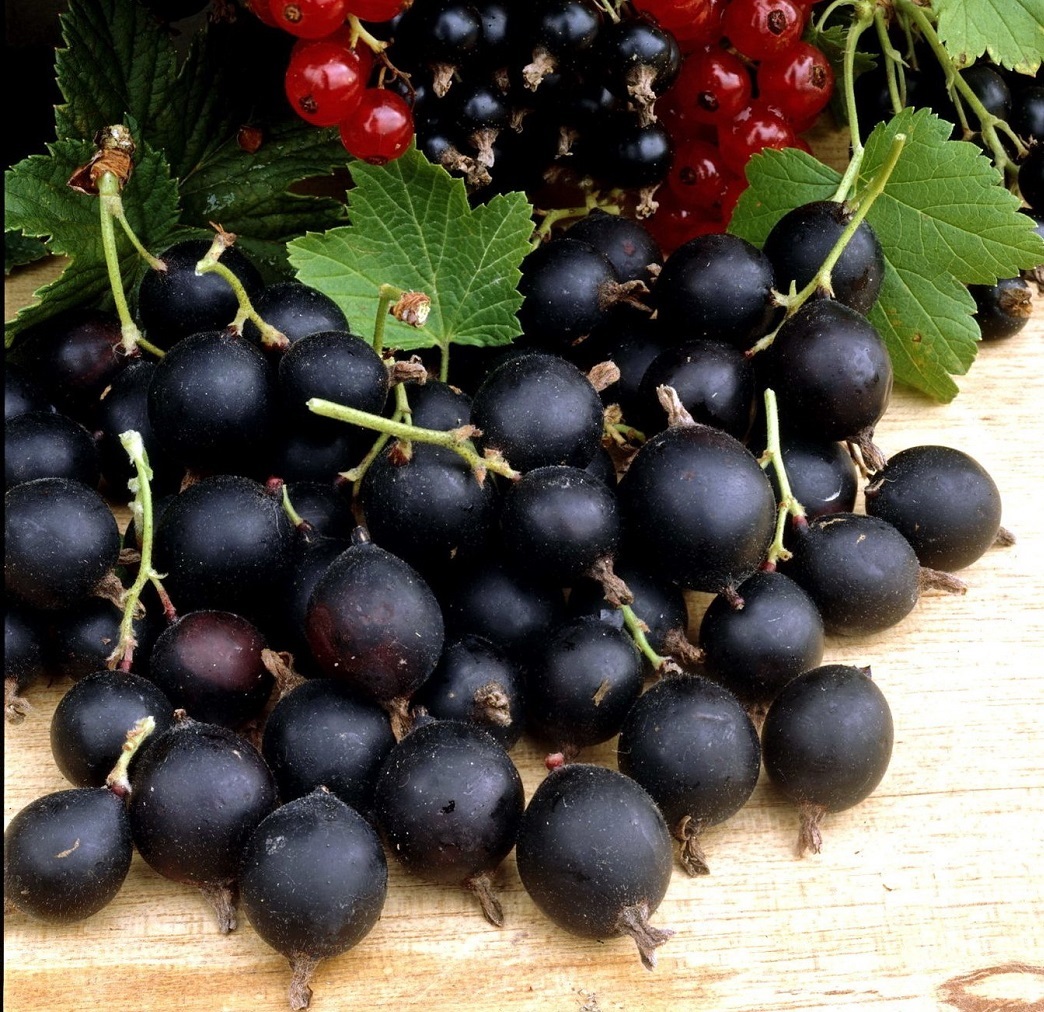
Do you love gooseberry and black currant? But you would prefer something sweeter? Then you can try Jostaberry, a sweeter version of European gooseberry. Rich and flavorful, this fruit looks almost like blackberry. The taste is like blackberry with grape, kiwi, and blueberry flavors. Most importantly, this hybrid nutrient has a lot of Vitamin C.
Orangelo
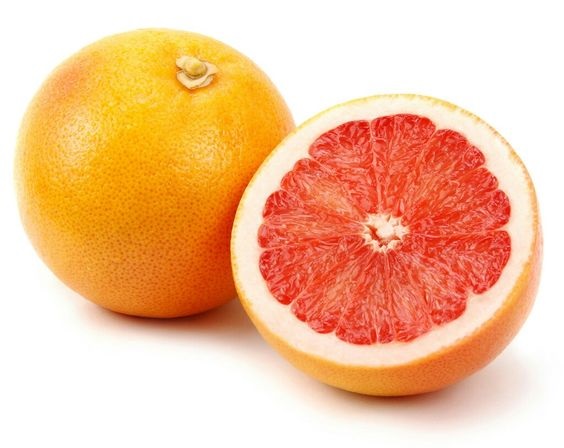
We have a hybrid of Puerto Rican origin. It is a cross between grapefruit and orange. Remember when we said grapefruit is a hybrid we got in the 18th century? With further cross-breeding, we get new and new fruits.
This fruit has a sweeter flavor and taste than grapefruit and looks more vivid.
Limequat
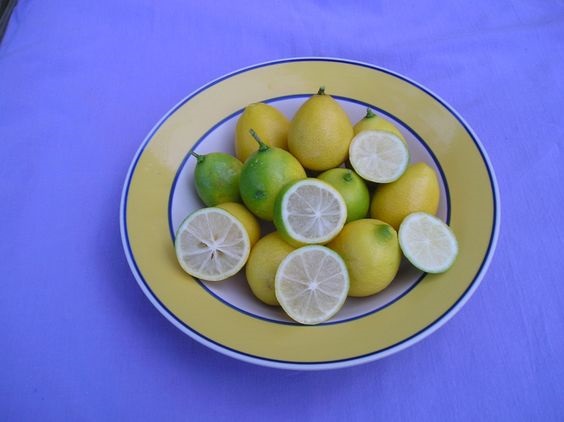
Resembling a miniature oval orange with greenish and yellow skin, this fruit is a hybrid between kumquat and lime. The season is from mid-fall to winter. They deliver tarty lime flavor.
You can eat it as whole fruit, or in jams. Similar to its lime parent, the limequat can serve a role in seasoning fish or chicken.
Goldenseal
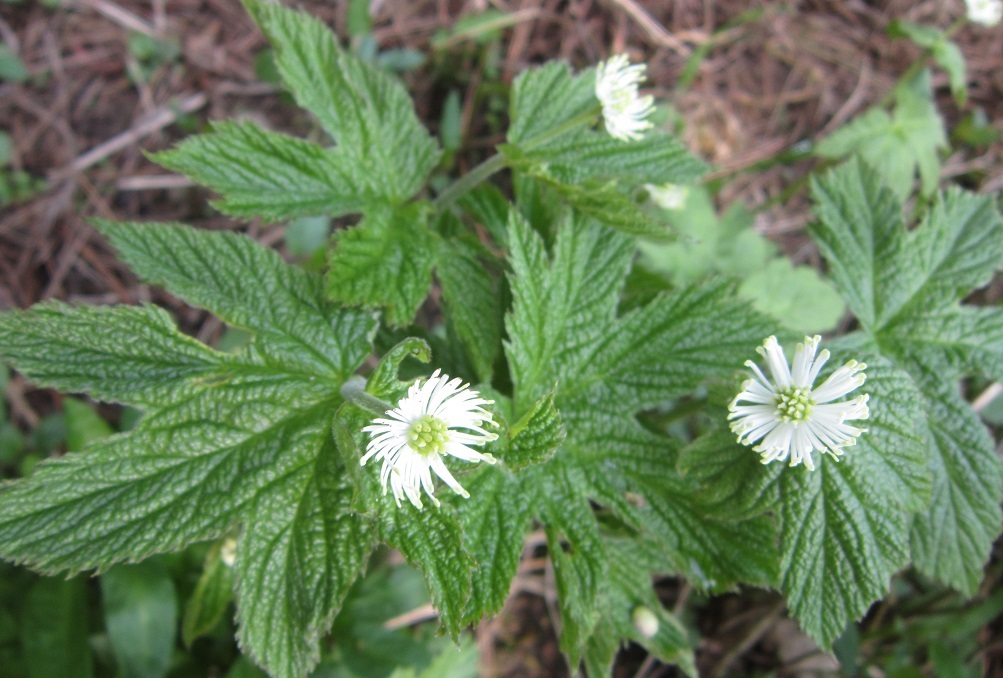
Some call it goldenseal, others orangeroot, and some even yellow puccoon. This perennial herb in the buttercup family Ranunculaceae, has a wide usage. Distinguished by its thick and yellow knotted rootstock, you can apply it to the skin for rashes, ulcers, itching, acne, and wound infections.
The herb also helps with dandruff, cold sores, and many more skin issues. Some people even use it as a mouthwash to remove bacteria.
Baby Kiwi
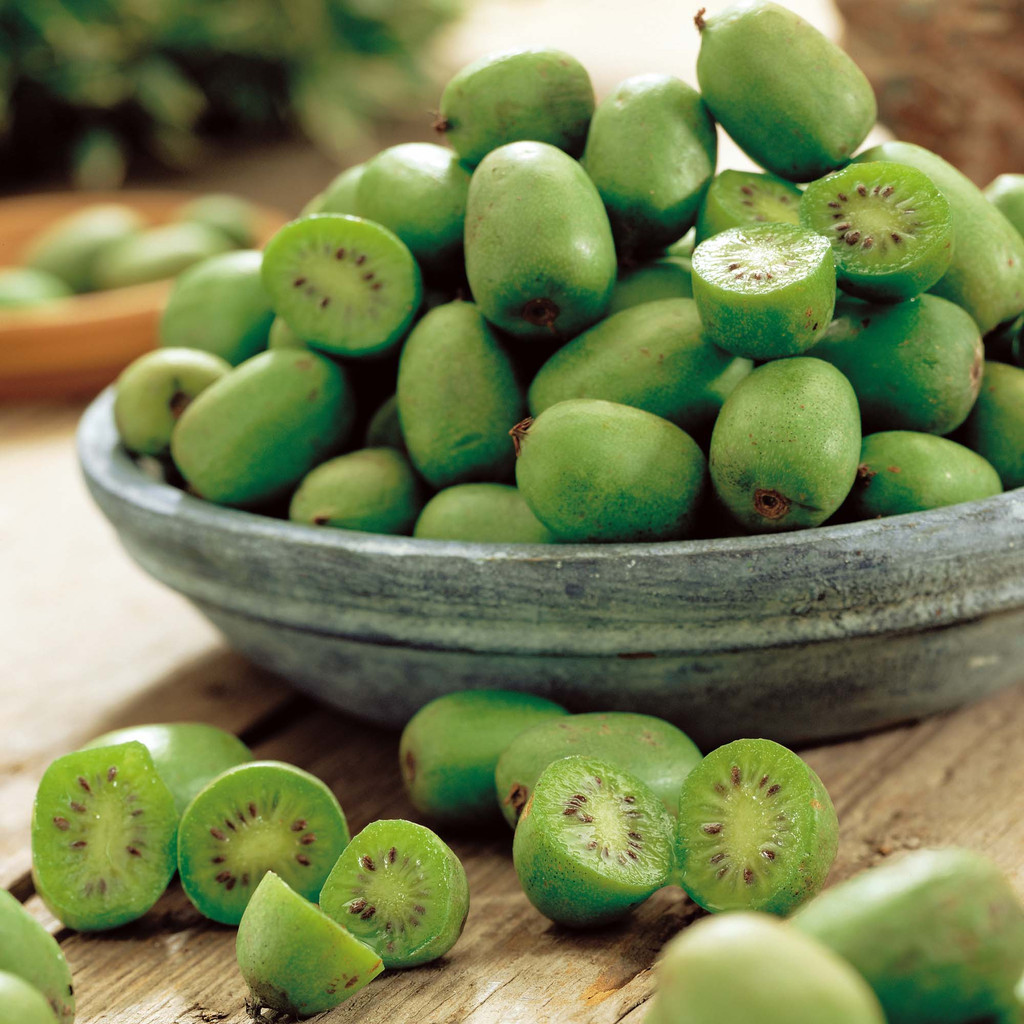
The lineage of this fruit traces back to fuzzy kiwifruit. Some call this fruit Chinese gooseberry. It has smooth skin that you do not need to peel to eat the fruit. As a berry-sized fruit, the baby kiwi can still range in size, shape, color, and taste.
Pineberry
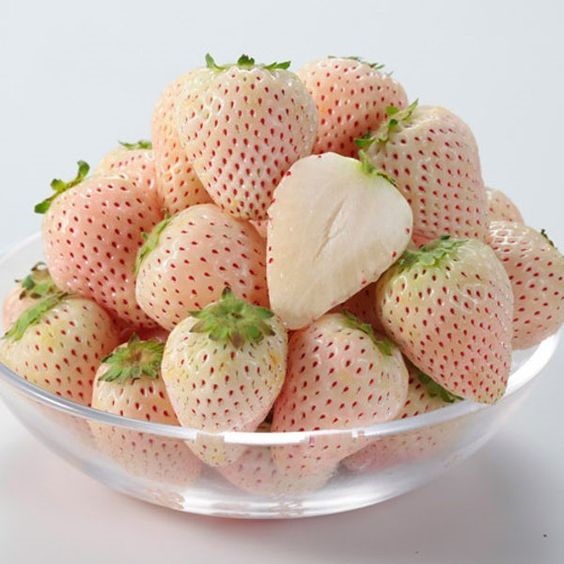
This hybrid fruit is a perfect example of how you can mix different varieties of the same fruit. The pineberry is a cross between white strawberries from Southern Europe and cultivated red strawberries.
The result is a pineapple-flavored berry. You can enjoy it from early May through June.
Ginseng

Ginseng is a popular herbal supplement used for centuries in Chinese medicine. Did you know it is also a hybrid food?
Famous for its antioxidant and anti-inflammatory benefits, ginseng can help with the regulation of blood sugar levels.
But more people recognize ginseng as a “sexual supplement”. Some studies suggest that it can improve sexual function in men with erectile dysfunction. Some also use cream preparation to help with premature ejaculation.
There are also some side effects of taking too much ginseng. Those include insomnia, breast pain, increased heart rate, high or low blood pressure, headache, diarrhea, and loss of appetite. Too much ginseng can even result in vaginal bleeding, itching, rashes, and dizziness.



